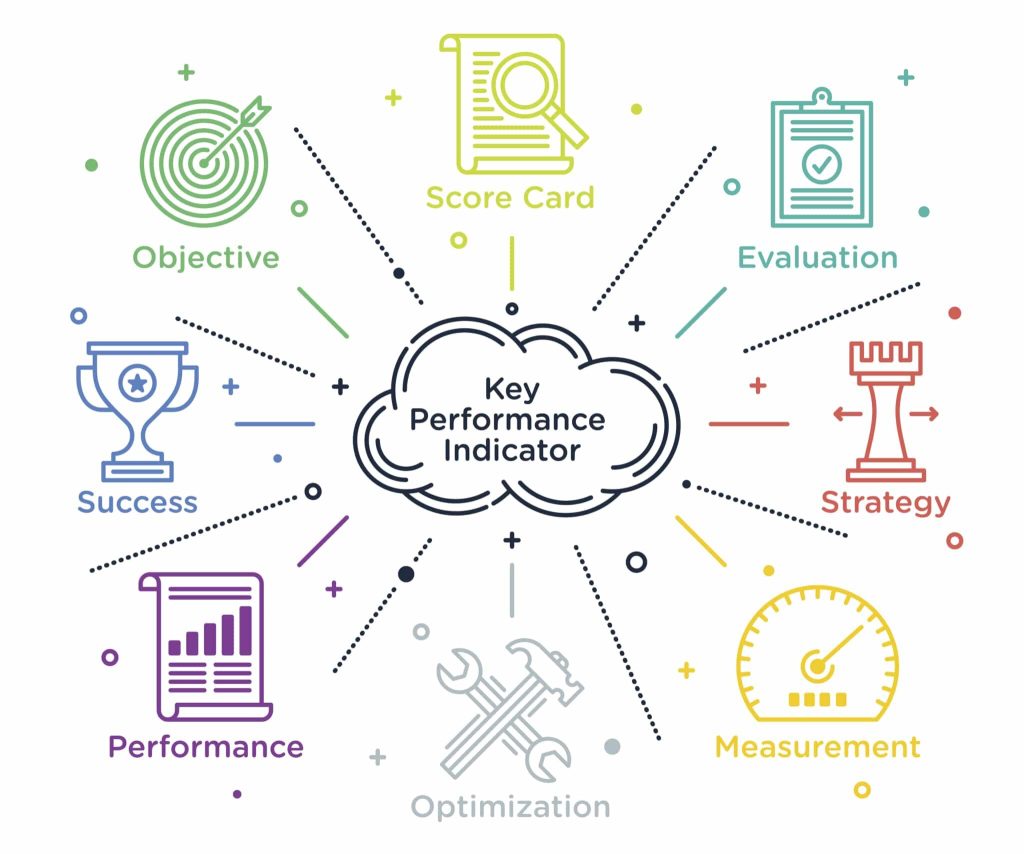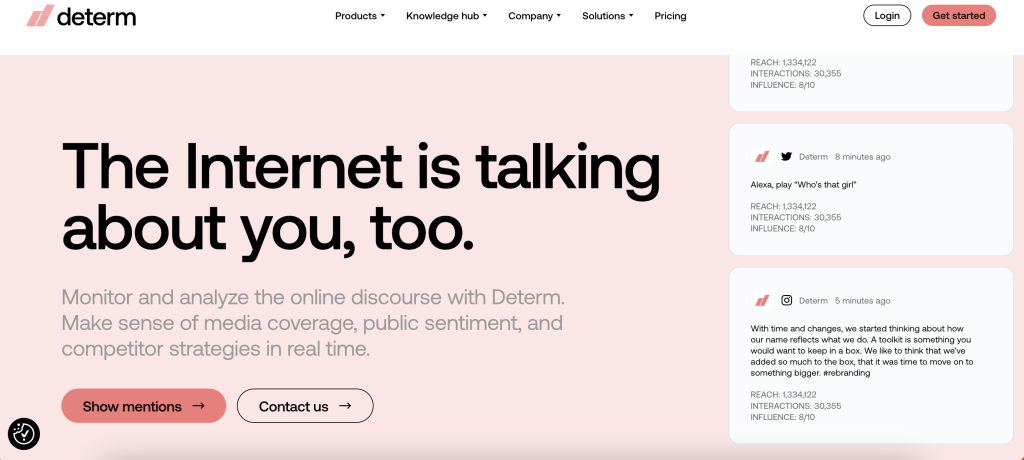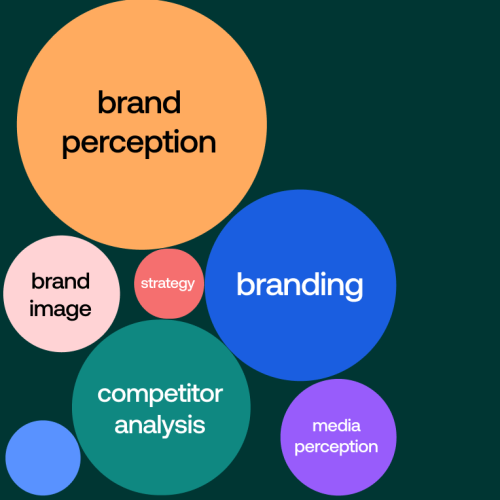Monitoring is a vital part of any campaign. In fact, it may be the most important part. Marketing campaigns can thrive or die on the strength of their monitoring. What’s more, without past campaign metrics to analyse, it’s very hard to pinpoint strengths to build on, or weaknesses to overcome.
? Read Media Monitoring: The Ultimate Guide
Despite this, data monitoring and analysis are often neglected by marketers. We understand why. Metric analysis doesn’t have the creative thrill of designing a campaign, or the satisfying human element of connecting directly with your audience. Crunching metric numbers can often be, quite frankly, boring.
However, to be the best marketer you can be, you need to bite the bullet and dive into the data.
Don’t worry. To help you out, here’s a quick guide to campaign monitoring.
What is Campaign Monitoring?
Campaign monitoring is the process of checking a campaign’s progress via certain metrics. ‘Monitoring’ usually refers to an ongoing study of a campaign while it’s live, and ‘analysis’ usually refers to studying metrics to see how (and why) a campaign worked once it’s over. However, both terms are interconnected and are sometimes used interchangeably.
Read Campaign Tracking: How to Monitor your Marketing Efforts with Determ?
What is campaign monitoring used for?
Campaign monitoring has several purposes:
- It helps you to check that a campaign is going in the right direction
- It allows you to troubleshoot and tweak before problems arise
- It reveals useful insights about your audience’s behaviour and preferences
- It helps with campaign management
- It reveals your strengths and weaknesses
- It simplifies future campaign planning

How to Monitor Campaigns Effectively
The trick to good campaign monitoring is to bake it into your strategy right from the start. When establishing your strategic goals, think about the metrics you can use to measure progress. In strategic terms, these metrics are often called KPIs (Key Performance Indicators).
For example, if you are running an email campaign with the goal of increasing engagement, KPI metrics could include open and clickthrough rates. Or, if you are running a social media campaign with the aim of increasing sales of a particular product, KPIs could include click rate and conversion rate.
So, the metrics you measure will depend a lot on the campaign you’re running, the platform you’re running it on, and the goals of your campaign.
Read How to Secure your Marketing Campaign’s Success
Here are some metrics which can help you to monitor your campaign progress:
- Clickthrough Rate (CTR). This measures the number of people who click through from your campaign content to your landing page.
- Open rate. This one is mainly relevant to email marketing. It measures the number of people who open your emails.
- Conversion rate. The number of people who convert (i.e. take the desired action – usually purchasing a product)
- Engagement rate. This one is a bit harder to measure, as engagement comes in many forms. Engagement could consist of likes and comments on social media, or opens on email, or shares on other platforms. What engagement looks like for you will depend on your campaign and the platform it’s running on.
- Return On Investment (ROI). This measures how cost-effective your campaign has been. Did it bring in more money than it cost?
- Close Rate (CR). The number of prospects that become customers, in comparison to the number of leads in the pipeline.
- Impression Share (IS). This measures how many times your content appears in search results or on social media feeds.
There are many more metrics than this, including Cost Per Acquisition, Customer Lifetime Value, and Organic Reach. The right ones for you depend on the specifics of your campaign.

Should I only measure KPIs?
KPIs are usually the most important metrics to monitor. But that doesn’t mean that you should totally ignore other metrics.
Let’s say, for example, that you are running an email campaign with the aim of selling a particular product. You want to know the kind of subject line that will grab attention and draw customers to the email.
In the past, you have run similar email campaigns. The KPI you were most interested in for these campaigns was the conversion rate. However, you also collected open rate data.
You can now go back to that open rate data and cross-reference it with subject lines. This will give you valuable insights into the kinds of subject lines that generate the most opens.
So, even though the open rate was not your main KPI for these past campaigns, it can still yield vital future insights.
Read PR Metrics: 6 Ways To Measure Your Brand’s Success

What Tools Can I Use for Campaign Monitoring?
There are plenty of tools out there for monitoring campaigns. Most good marketing platforms will come with inbuilt analytics facilities which will provide a degree of ongoing monitoring.
For example, when you advertise on Facebook, Facebook’s Ad Manager will collect data according to goals and KPIs set by you when creating your campaign. You can access that data from your Facebook Ads dashboard, and use it to both monitor your campaign on an ongoing basis, and analyse your campaign’s performance at its conclusion.
Similarly, the best email marketing platforms will automatically collect data on the most important metrics, including open rate and clickthrough rate.
Your website also has innate tracking abilities – you just need to enable them! For example, with a tracking pixel you can track where website visitors have arrived from (your email, advert, social media post, or whatever). This lets you match up sales and conversions with campaigns, and even with individual ads within those campaigns.
However, you can go a step further and get campaign insights, monitoring, and analysis that’s twice as good for half the effort. By picking a specialised monitoring platform like Determ, you can get detailed, 24/7 monitoring that will alert you in real-time when something is going wrong. This allows you to react super fast to get your campaign back on track.

Determ gives you easy-to-understand reports with insights clearly laid out. It can also comb social media for mentions and hashtags to show you how far your content is reaching (and then the impression it’s having on people!) This is very valuable when finding brand influencers.
Use Campaign Monitoring to Build Great Campaigns
So, campaign monitoring is a great (perhaps the only!) way to check up on campaign progress, keep everything on track, and get valuable insights into your customers.
Gathering and analysing campaign data may not be as creative as designing adverts and writing campaign copy. But it’s that monitoring and that data that will, ultimately, give your campaigns the creative, inspiring zing they need to succeed.
Campaign monitoring not only tells you how your campaign is doing on a day to day basis. It also shows you what’s working, what’s not, what your customers respond well to, what they scroll past, what makes them click etc. You can use these insights to make each new campaign better than the last!
Niamh provides expert insights on topics relating to business, tech and productivity. She’s passionate about supporting leaders and the next generation of entrepreneurs in their journey and finding the latest hacks and strategies to improve efficiencies along the way.
Connect with Niamh on Twitter: @NiamhOTweets






